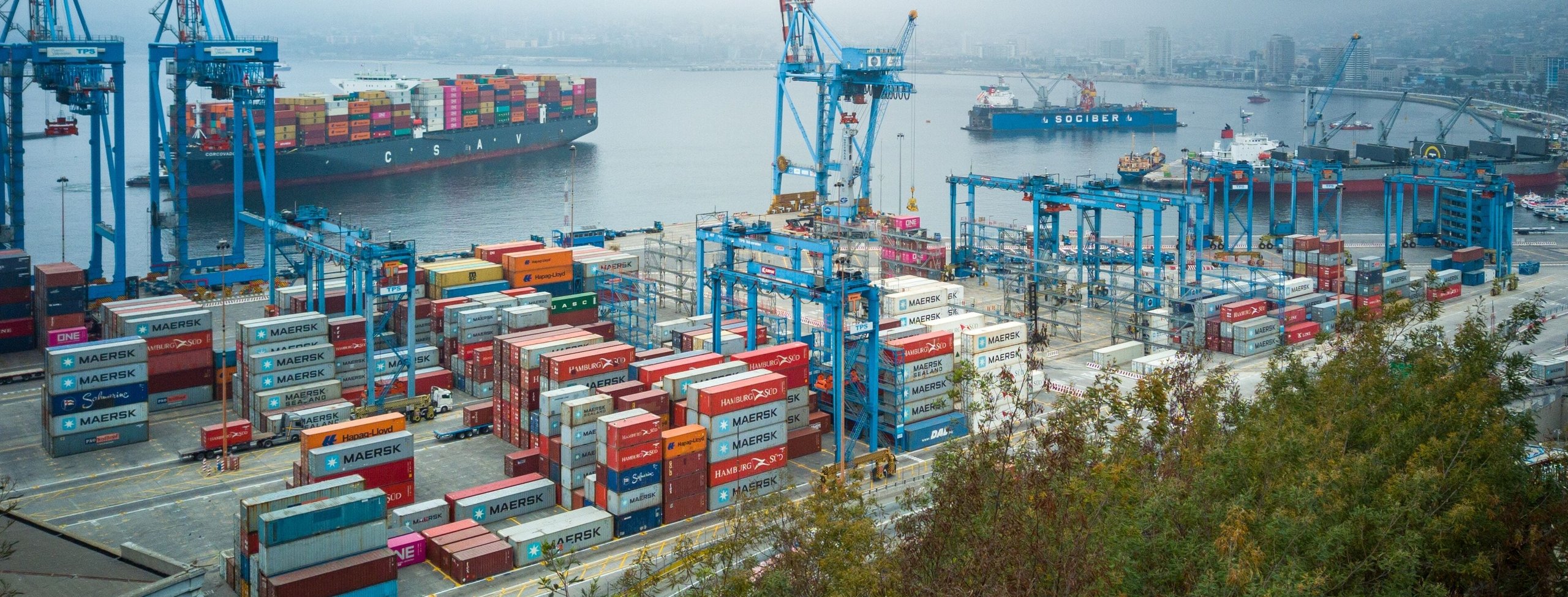
21 January 2025 • 6 minute read
CBP proposes rule that would eliminate Section 321 de minimis exemption eligibility for shipments subject to Section 301 tariffs
In the final days of the Biden administration, US Customs and Border Protection (CBP) issued several notices of proposed rulemaking (NPRM) aimed at restricting use of the “de minimis” imports provisions of Section 321(a)(2) of the Tariff Act of 1930 (Section 321), which currently allows companies to import shipments valued at under $800 without paying duties.
On January 14, 2025, CBP proposed a rule that would add additional reporting requirements for low-value, de minimis imports. Then, on January 17, 2025, CBP proposed a rule that would render low-value shipments subject to Section 301, 232, and 201 tariffs ineligible for the Section 321 de minimis exemption. CBP is requesting stakeholder input on both proposals. Public comments for the January 14, 2025 NPRM are due by March 17, 2025, while public comments for the January 17, 2025 NPRM are due by March 24, 2025.
It is expected that the Trump administration, which ordered a review of the de minimis exemption in its January 20, 2025, America First Trade Policy Memorandum, may entertain a substantially similar regulatory change. These proposed changes would impact a significant number of US imports, and the impacts may be even more substantial if there are increased tariffs under the Trump administration.
Importers and entities with international supply chains are encouraged to study these proposals, and take the opportunity to submit comments to CBP during the comment period.
Background of the de minimis import provisions
Under current law, Section 321 exempts certain imports into the US from duties if the aggregate fair value of the imported articles does not exceed $800 per person, per day. Further, Section 321 deems the value of these shipments to be so minimal that they are not subject to the same formal customs entry procedures and extensive data provision requirements as, other, higher-value imports entering the US.
In 1938, when Section 321 was first added to the Tariff Act of 1930, the value-limit for de minimis imports was $1, and de minimis imports were a relatively small portion of US imports. CBP last increased the value limit to $800 in 2016, and last made significant changes to the regulatory requirements surrounding de minimis imports in 1995. In the years since these changes, e-commerce has changed the trade landscape. Today, CBP processes over four million imports every day under the de minimis exemptions, totaling over one billion packages annually, accounting for over 90 percent of the number of shipments entering the US annually. This transformation, from useful bypass to mega-highway for de minimis shipments, has prompted numerous economic and national security concerns in recent years.
January 14, 2025 reporting requirement changes
Under current law, de minimis shipments are typically processed informally with minimal documentation requirements under the “release from manifest process.” CBP claims this process is slow and labor-intensive, and provides insufficient information for CBP to effectively screen shipments for criminal content, such as illicit drugs. In 2019, CBP launched two pilot programs, the Section 321 Data Pilot and the Entry Type 86 Test, aimed at streamlining this process.
CBP plans to combine components of the pilot programs to create a new, alternative “enhanced entry process” that would allow CBP to target high-risk shipments more effectively in advance of the shipments’ arrival in the US. This new process would require the submission of advance data about the contents, origin, and destination of the shipments, including classification of the goods under the Harmonized Tariff Schedule of the United States (HTS). CBP also plans to modify the release from manifest process (renamed as the “basic entry process”) to require additional data reporting to assist in timely processing for de minimis shipments.
Specifically, CBP proposes to require the name and address of the person claiming the de minimis administrative exemption, as well as the name and address of the final recipient of the shipment, if they are different from the person claiming the exemption. The enhanced entry process would be required for de minimis shipments subject to regulation or data requirements from other federal agencies, while the basic entry process would remain available for gifts and goods that are not subject to other requirements.
While CBP hopes these proposed changes will expedite processing times for de minimis shipments, it will likely increase the regulatory and information-providing burden on importers and those with exposure to de minimis imports in their businesses.
January 17, 2025 duty exemption changes
Under current law, shipments eligible for the Section 321 de minimis exemption are exempt from duties including those imposed under Sections 232, 201, or 301.
CBP proposes to amend the regulations to eliminate de minimis exemption eligibility for shipments subject to specific trade or national security actions, including tariffs imposed under Sections 232, 201, or 301. Additionally, the rule proposes to require any shipments entering under the basic entry process outlined above to be classified under the HTS in order to aid CBP in determining eligibility for the de minimis exemption.
CBP claims this proposed change would shift a large number of de minimis shipments into other entry processes, as roughly 16 percent of imports that would otherwise be subject to Section 232, 201, or 301 tariffs are currently exempted under the de minimis provision. CPB data also suggests that approximately 50 percent of the value of current qualifying de minimis shipments is comprised of textile and apparel imports that would otherwise be subject to Section 301 tariffs. CBP claims this change will lead to consolidation of multiple low-value shipments into single, larger shipments given the loss of advantage gained from remaining below the $800 threshold.
This proposed change would affect millions of shipments into the US every year, and has the potential to not only increase tariff liability, but to up-end the current status quo import process for millions of shipments annually, particularly in the textile and apparel industries.
For more information
Businesses are advised to take the opportunity to examine the potential impacts these proposed rules would have on their operations, and to submit comments addressing these concerns by the mid-March deadlines.
Please do not hesitate to reach out to the authors or DLA Piper’s National Security and Global Trade team to help you draft comments and navigate these potential changes to US customs law.

